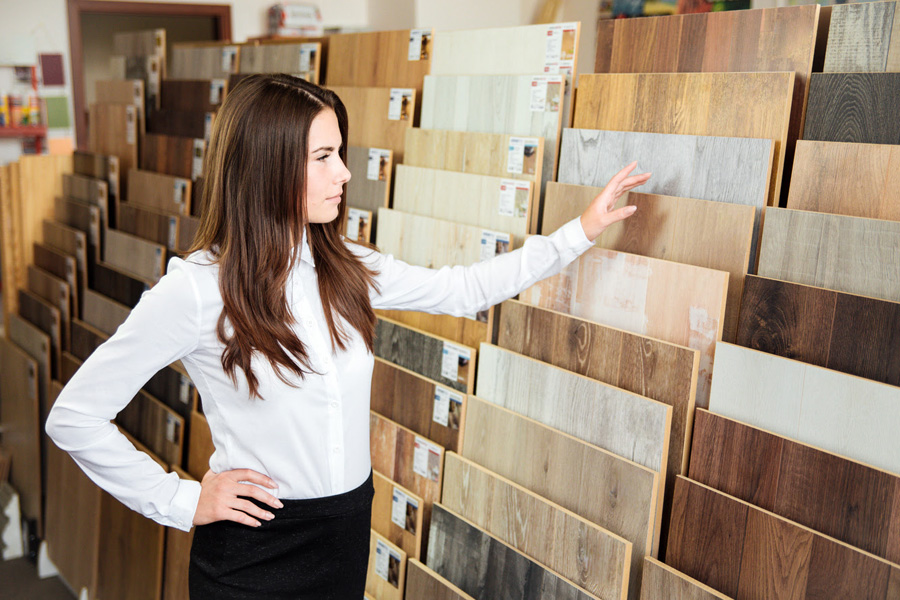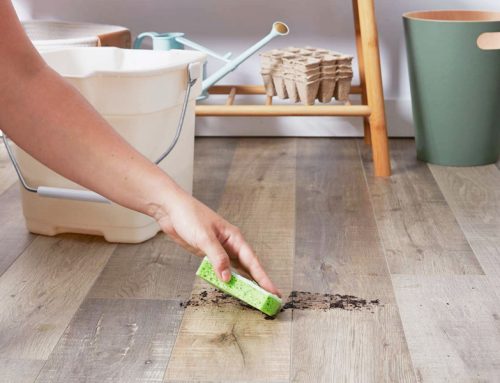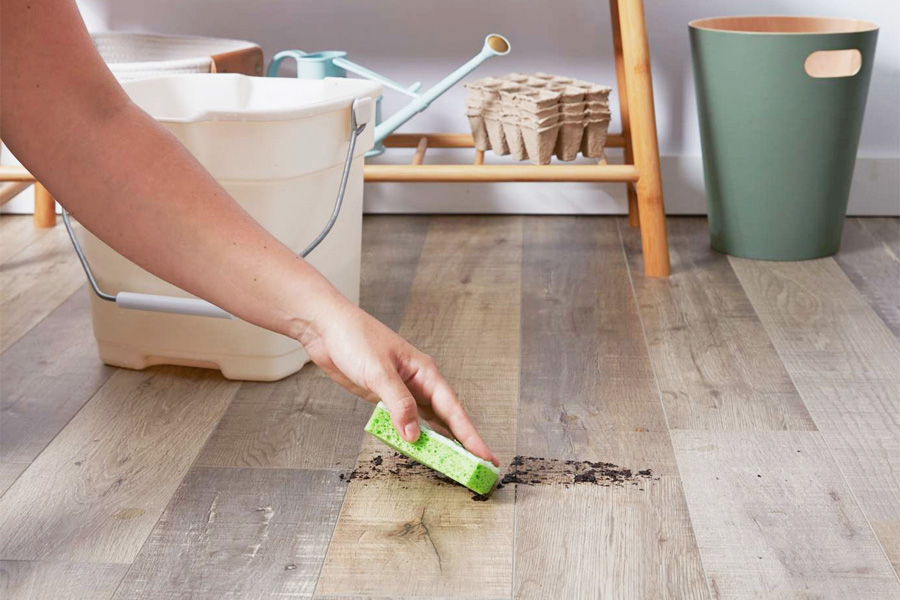Ready to get started on your renovation? Check out our list of the top 10 questions regarding floor renovations below. From traditional hardwood to luxury vinyl, Next Day Floors has a product to fit your space. Still have questions? Visit one of our flooring stores and connect with an experienced designer today.
Can I install new flooring over existing flooring?
In some cases, yes! But it really depends on your individual space. There are many things to consider before placing any type of flooring on top of another. Some of these factors include age and condition as well as the stability and quality of the floor in question. You will need to weigh the pros and cons of having it as your base layer, but if in doubt let us know. Our experts can help you decide on the best course of action for your renovation.
What is the best option for our multi-purpose family room?
Carpet is a great option for family friendly spaces. It’s cozy, warm and provides a soft area for kids and pets to play. If wall-to-wall is too big of a commitment, area rug is a great option that provides more flexibility in color and design as well as ease of cleaning. For something truly low-maintenance luxury vinyl is also a good backup. It resists wear and tear, is stain and water-resistant and is softer than traditional hardwood.
What is the cause behind that “new carpet” smell?
Just like new cars, new carpet can oftentimes give off a certain scent. This odor is usually caused by volatile organic compounds, or VOCs, found in the carpet fibers interacting with the latex binders used to hold the carpet together. While the scent should dissipate within the first 24 to 48 hours after installation, it is reassuring to note that the measured amount is actually very small. Opening windows and venting area with fans can help reduce the smell and length of time it lingers.
What is the difference between luxury vinyl and laminate flooring?
In the case of laminate vs. vinyl the main difference is water fastness. Since laminate is made of actual wood laid over a fiberboard core, moisture can cause it to swell and buckle. While it is a great choice for many areas of the home, laminate should not be used in areas where there is a high chance of exposure to excess water. Vinyl, on the other hand, is completely waterproof. It’s 100% synthetic materials make it impervious to humidity and moisture, creating a product great for kitchens, baths and mudrooms.
How do I care for traditional wood floors?
Contrary to what you may have heard, solid wood floors are generally very easy to look after. They require little maintenance and simple overall upkeep. Use a damp cloth to wipe away dust and pet dander and vacuum regularly to reduce grit and loose stones. Encourage guests, kids and pets to wipe shoes at the door and make sure footwear has proper plastic heel caps to reduce the potential for scratches. Natural wood oil can also be applied quarterly to keep things shiny and hydrated.
Is solid hardwood better than engineered hardwood?
Engineered hardwood has come a long way since it’s early inception. Today, it is a worthy competitor to traditional solid plank wood flooring. It is more stable and shows less of a reaction to moisture and humidity, which means it is less prone to gapping or warping. Plus it can be installed in environments where solid wood would be risky. Like over concrete slabs or existing floor materials. Although its lifespan might be a little shorter, since it cannot be refinished and sanded as many times as traditional hardwood, the look and affordability of engineering flooring keeps it at the front of the pack for todays homeowner.
How do I care for wall-to-wall carpet?
Get the most out of your investment by keeping up with maintenance. The easiest way to do that is by keeping it clean. Vacuum regularly, at least once a week using the brush setting of your machine to sweep the pile. Low-traffic areas require only one pass with the nozzle, while high-traffic can benefit from two. Also invest in a high-quality carpet pad. Cheap pads can wear out in just a few years, cutting the overall lifespan of your flooring in half. Finally every few years, bring in the professionals for a true deep clean. Hot water-extraction is the go-to for synthetic rugs.
What is the difference between porcelain and ceramic tiles?
Both porcelain and ceramic tiles are made of a mineral rich clay body that is fired to high temperature to increase stability. Porcelain is a type of clay that includes the mineral feldspar. It is traditionally high-fired which makes it harder and more durable that regular ceramic and increases it’s ability to withstand moisture and humidity. True porcelain is almost waterproof. It is a good choice for high traffic areas both indoors and outside the home.
Can I combine different types of tile in my home?
Definitely! Combining different types of tile, from terracotta, natural stone, ceramic and porcelain can create a dramatic effect. But do keep in mind the traffic rating for each type and the use of the space in question. Make sure that areas that may be exposed to water utilize textured or non-slip tiles and that the materials can be matched properly in transitional areas. This will ensure a consistent surface height and minimize tripping hazards.
Now that I’ve made a decision, how do I prep for installation?
The first step is always to clear the space. Remove all furniture, rugs and anything else that may end up on the floor. Curtains, wall hangings and other décor should be removed as well. Dust or vacuum to remove loose debris and tuck away anything that you would like to protect from dust and airborne fibers. For hard surface install, large pieces can be moved to one side of the room, and then moved back as the flooring is installed in stages. Check with our flooring installation experts to see what would work best for your project.






